Understanding Horse Shoe Replacement Frequency

Welcome to the comprehensive guide on maintaining the health of your equine companion’s hooves. A crucial aspect of horse care involves the periodic replacement of horseshoes, a practice that ensures your horse’s mobility and comfort.
- Shod horses need to be re-shod every four to six weeks irrespective of shoe wear.
- Regular farrier visits, typically every four to eight weeks, are essential for hoof maintenance.
- Specific signs indicate when to change horse shoes, such as loose nails or overgrown hooves.
Introduction to Equine Hoof Health
Equine hoof health is a vital part of horse care. The hoof is a complex structure that requires attention and maintenance to ensure a horse’s overall well-being. Shoes are often used to protect the hooves from excessive wear, provide additional traction, and correct any imbalances or abnormalities.
Factors Influencing Horse Shoe Replacement
Multiple factors affect the horse shoe replacement frequency. These include the horse’s activity level, the terrain it traverses, and the rate of hoof growth. Regular assessment by a professional is essential to determine when a shoe change is necessary.
Comprehensive Strategies for Horse Hoof Preservation
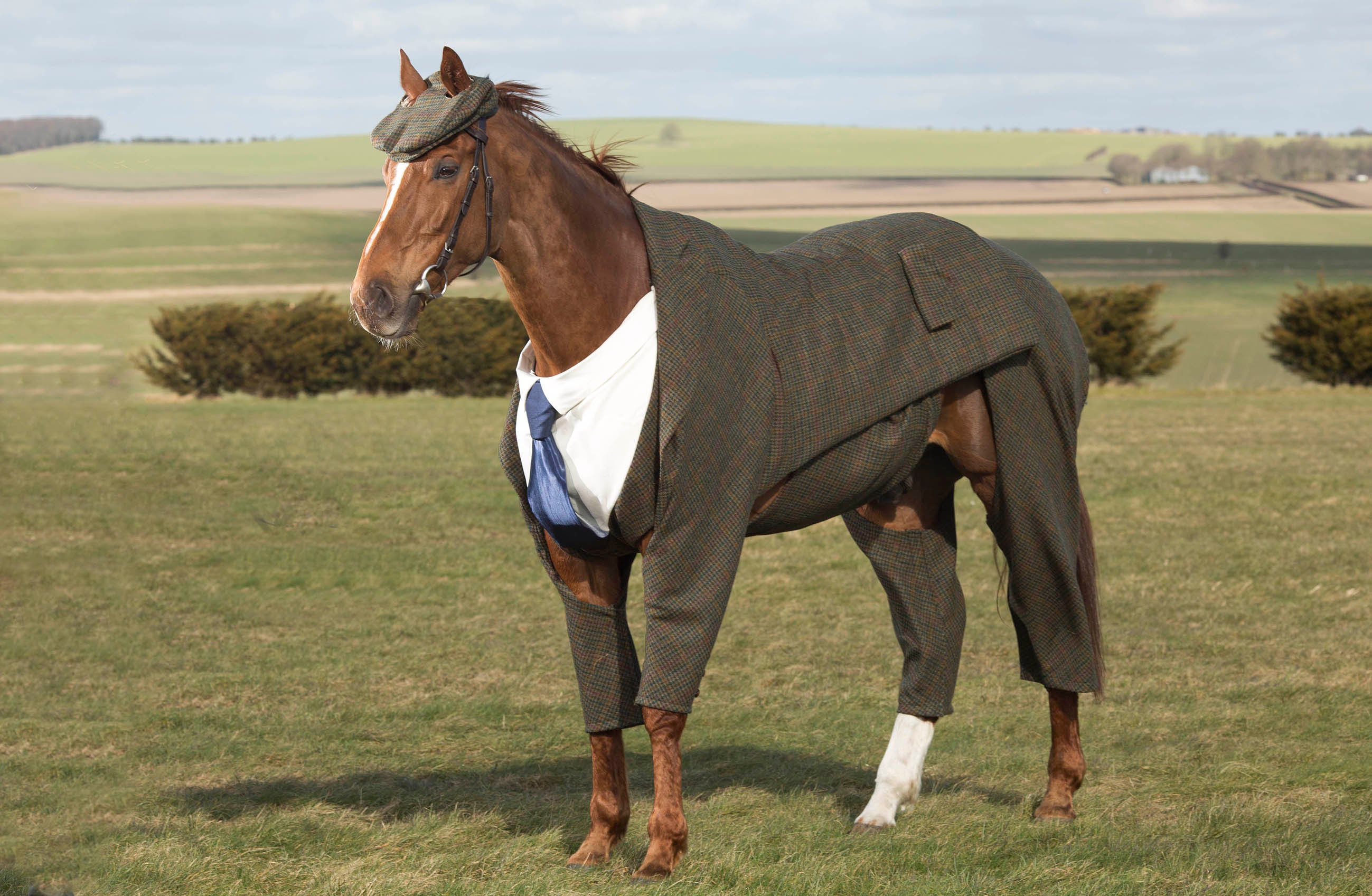
Ensuring the longevity and soundness of your horse’s hooves extends beyond routine shoe changes. It’s about embracing a holistic approach to hoof care, which includes daily monitoring and addressing various hoof-related conditions. By delving into the intricacies of equine podiatry, we can provide horses with the necessary support to remain healthy and active.
Integral Hoof Care Practices
Hoof care is a pivotal aspect of equine management, demanding a series of consistent, daily efforts:
- Daily Inspections: Clearing the hooves of debris prevents discomfort and potential infections.
- Dietary Considerations: Providing nutrients such as biotin, amino acids, and specific minerals is key to robust hoof development.
- Stable and Paddock Upkeep: Maintaining clean and dry environments minimizes the risk of hoof ailments.
Adhering to these practices diligently contributes to the hooves’ resilience and long-term health.
Crucial Assessment for Hoof Shoeing Necessities
Expert farrier services are indispensable for hoof health, with regular examinations being a critical part of hoof care. During an evaluation, a farrier will inspect:
- Rate of Hoof Growth: Faster growth rates may require more frequent attention to shoeing needs.
- Overall Hoof Well-being: Conditions such as cracks or brittleness are taken into account when assessing the integrity of the shoe.
- Wear Patterns: Analyzing wear can provide insights into the horse’s movement and identify potential concerns.
A thorough inspection by a skilled farrier is necessary to determine when a horseshoe needs to be replaced, prioritizing the horse’s ease of movement and well-being.
Advanced Hoof Maintenance Techniques
Effective hoof care encompasses a variety of measures aimed at promoting optimal hoof health:
- Moisture Management: Maintaining the right moisture balance is essential to prevent the hooves from cracking.
- Disease Surveillance: Promptly addressing conditions like thrush ensures the hoof’s structural integrity.
- Regular Exercise: Movement ensures good circulation, which is beneficial for healthy hoof growth.
These proactive steps are key in safeguarding the hoof’s structure and functionality, allowing for the early detection and prevention of complications.
Adaptive Hoof Care Across Seasons
Hoof care requirements can vary with seasonal changes, necessitating adjustments in care routines:
- Hydration in Heat: Applying moisturizers during dry spells can help prevent the hooves from cracking.
- Protection Against Winter Wetness: Excessive moisture from rain or snow can soften hooves, potentially leading to additional health concerns.
Tailoring hoof care to accommodate different environmental conditions is a critical strategy employed by seasoned equine podiatry professionals to maintain hoof integrity throughout the year.
The Significance of Timely Horse Shoe Renewal

Ensuring that horses receive timely shoe renewals is vital for their performance and overall hoof health. Proactive shoe replacements, guided by a farrier’s expertise, can prevent possible complications associated with worn or damaged shoes. This segment will explore the importance of regular shoe renewal and the pivotal role played by farriers in this aspect of equine care.
Detecting the Need for New Horse Shoes
Observant horse owners can detect the need for shoe renewal by looking for signs that go beyond the obvious damage or wear. Pay attention to:
- Discrepancies between the shape of the hoof and the shoe, possibly indicating overgrowth or shifting.
- Alterations in the horse’s gait, which may reveal that the shoes are affecting its balance or support.
- Any visible deformities in the shoe that could impair its protective function.
Timely identification of these signals is key to maintaining hoof health and ensuring optimal performance.
Farrier Expertise in Horse Shoe Renewal
Farriers provide essential services that extend beyond fitting new shoes. They are skilled in evaluating and caring for horse hooves, with attention to:
- Individual Shoe Customization: Creating shoes that are perfectly suited to each horse’s unique hoof structure.
- Continuous Hoof Health Assessments: Monitoring for any conditions or structural changes that may impact shoeing.
- Adaptations for Environmental Factors: Modifying shoeing practices in response to seasonal weather variations.
These comprehensive farrier services are integral to maintaining equine hoof health and supporting horse owners.
Regular Monitoring for Shoe Condition
Keeping a close eye on the condition of your horse’s shoes is crucial for determining the right time for their renewal. Focus on:
- Proper Shoe Alignment: Ensure the shoe maintains a precise fit along the hoof wall.
- Nail Maintenance: Look for signs of wear, such as rust or loosening, that could affect shoe stability.
- Examination of Shoe Wear: Check the underside of the shoe for unusual patterns of erosion or thinning.
By consistently monitoring these aspects, you can help prevent issues that could lead to lameness or injury.
Optimizing the Timing of Farrier Consultations
Regular interactions with a farrier are key to managing your horse’s shoeing needs. These experts can offer advice on the best schedule for shoe renewals, considering:
- The horse’s daily workload and the specific tasks it carries out.
- Individual hoof growth rates, which differ from horse to horse.
- Any changes in the horse’s movements or signs of discomfort.
Staying in touch with your farrier can help guarantee that shoe renewals are performed when most beneficial.
Deciphering the Shoeing Schedule
While various factors can influence the shoeing schedule, understanding a typical timeframe can aid in planning. Keep in mind:
- Understanding Growth Patterns: Hoof growth generally suggests a shoeing interval of six weeks, although this can vary.
- Assessing Wear Levels: The degree of shoe wear will vary based on the horse’s activity and the terrains it encounters.
- Accounting for Seasonal Effects: Seasonal shifts can impact both the rate of hoof growth and the durability of shoes.
Being aware of these factors helps in establishing a consistent and effective shoeing routine for your horse.
Insights into the Process of Changing Horse Shoes
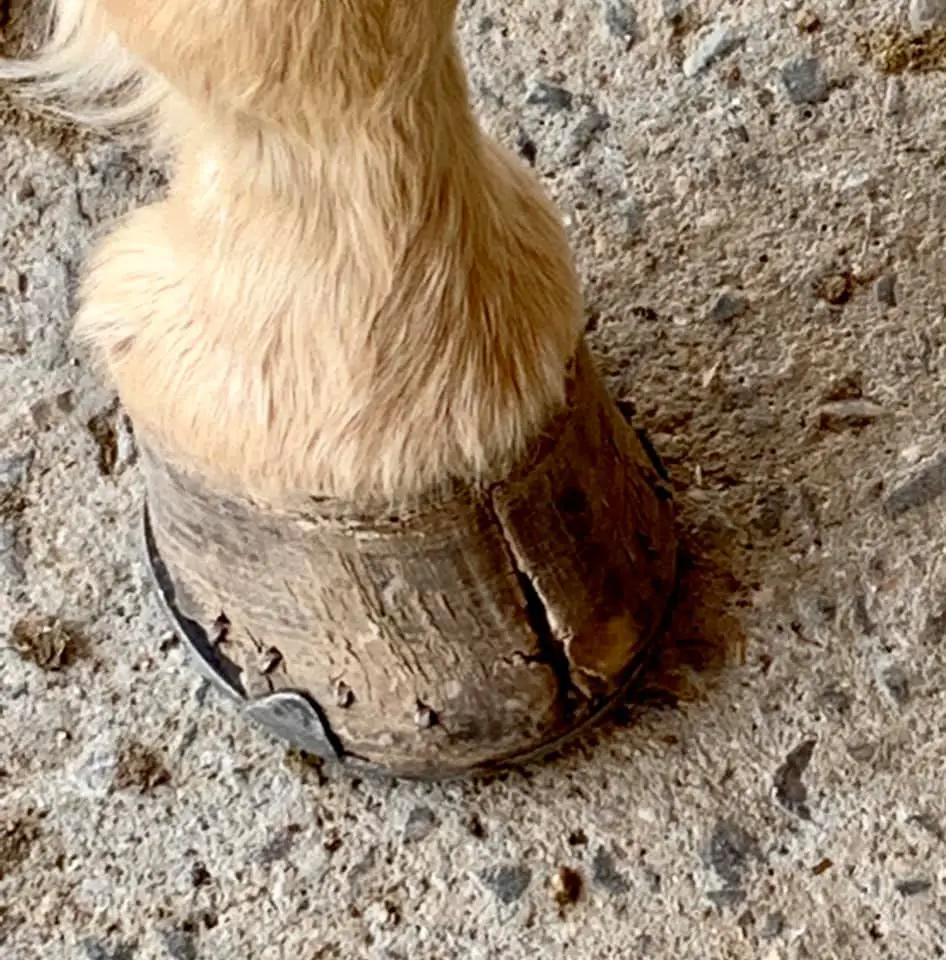
Changing horse shoes is a crucial component of equine care, pivotal for maintaining the safety and performance of your horse’s hooves. This guide dives into the shoeing process, providing practical insights for those responsible for equine management. The replacement of worn shoes is part of a comprehensive routine that includes preparatory measures, the selection of suitable footwear based on specific equine requirements, and expert fitting to preserve hoof integrity.
Steps Prior to Shoeing and Hoof Trimming
Initial Hoof Preparation
- Start by cleaning the hoof thoroughly to eliminate debris and check for health issues that may influence shoeing.
Ensuring a Precise Trim
- Accurate trimming is vital to align the hoof correctly and accommodate the new shoe comfortably.
Selecting the Right Horse Shoe
Evaluating Equine Needs
- Assessments should contemplate the horse’s movement patterns, daily activities, and hoof health.
Diverse Shoe Options
- Shoes come in various materials and styles, each designed to fulfill different requirements, from enhancing grip to addressing hoof irregularities.
Outline of the Shoeing Procedure
Old Shoe Removal
- The farrier delicately removes the old shoe to avoid any harm to the hoof.
Custom Fitting New Shoes
- The farrier custom shapes the new shoe post-trimming to ensure a perfect match with the hoof’s unique structure.
Attaching the Shoe Properly
- Nails are inserted with precision to fasten the shoe securely without causing the horse discomfort.
Refinements Post-Fitting
- Securing the nail tips and making final adjustments are essential to guarantee safe and unencumbered hoof movement.
The task of changing horse shoes is intricate, requiring the expertise of a farrier to execute it properly. It not only involves substituting old shoes for new but also a careful assessment and preparation of the hoof, ensuring the horse’s needs are at the forefront of every step. Proper hoof maintenance is the cornerstone of equine health and performance, emphasizing the importance of expert care in the art of changing horse shoes.
Advanced Insights into Equine Hoof Care
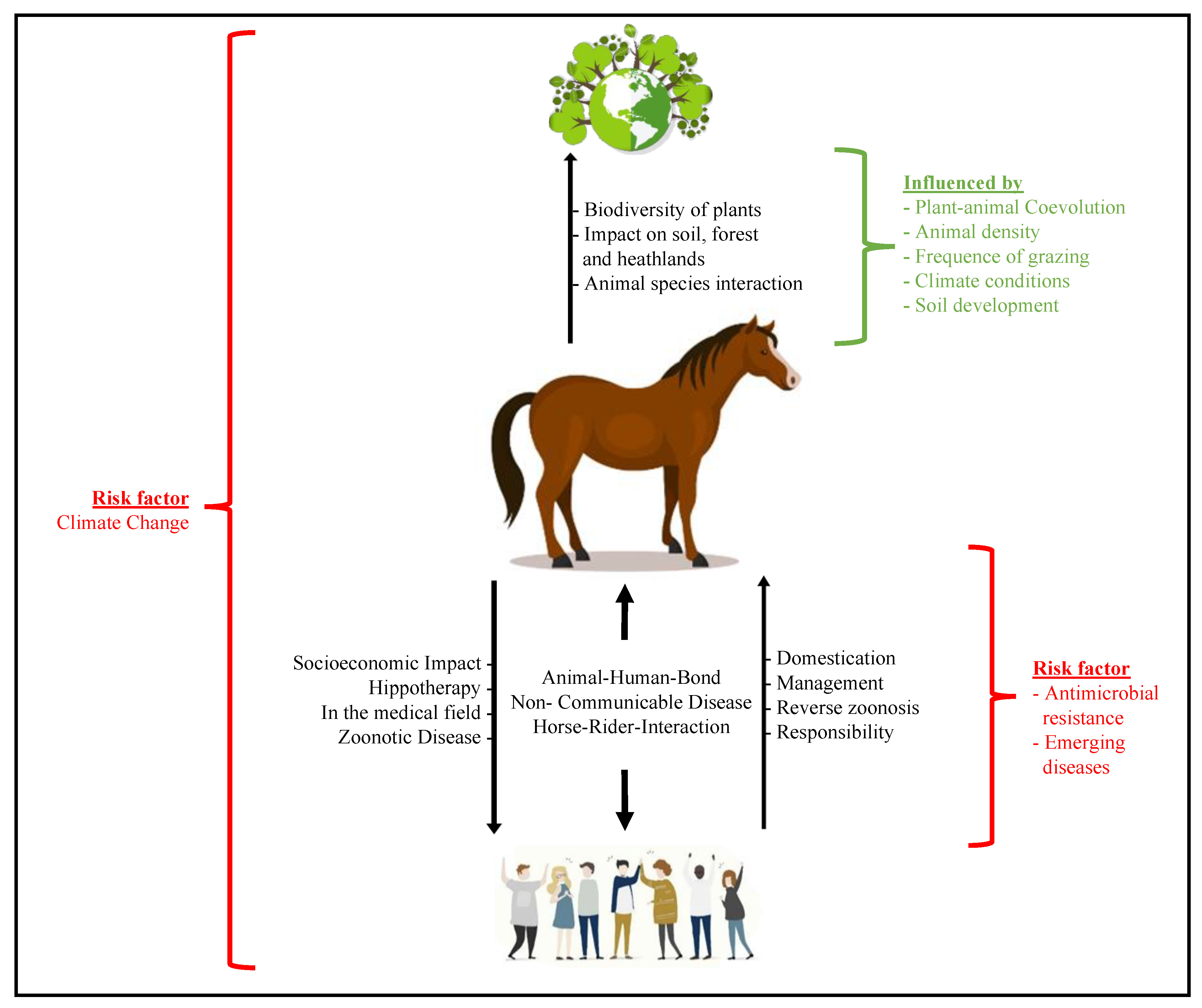
Delving deeper into the science of equine podiatry reveals a multifaceted discipline focused on advanced hoof care practices. This scientific approach to hoof care is about more than addressing current issues; it’s about preventive measures to protect against future problems. By harnessing the latest knowledge and techniques in equine podiatry, practitioners work towards enhancing the life and performance of horses.
Innovative Hoof Care Methods
Equine podiatrists utilize a variety of advanced methods to tackle complex hoof problems:
- Custom Therapeutic Shoeing: Specialized footwear is crafted to relieve discomfort and aid recovery for horses with hoof injuries or deformities.
- Hoof Rebuilding Techniques: When hooves are severely damaged, podiatrists may use synthetic materials to reconstruct the affected areas and regain hoof function.
- Application of Specialized Footwear: Specific conditions may require shoes made from special materials or designed to target issues such as laminitis or navicular syndrome.
Enhancement of Hoof Health
A comprehensive strategy is vital for improving hoof health:
- Scheduled Hoof Care: Consistent farrier appointments and regular hoof care are key components of a sound hoof health plan.
- Customized Shoeing Solutions: Shoeing must be personalized, considering each horse’s build and function.
- Focused Care for Individual Horses: Personalized assessments lead to care plans tailored to each horse’s specific needs.
Expertise in Hoof Disorders
Specialists in equine podiatry are skilled in the diagnosis and management of various hoof disorders:
- Advanced Diagnostic Tools: Modern imaging techniques such as X-rays and ultrasound are instrumental in examining the internal structures of the hoof and pinpointing issues.
- Comprehensive Disorder Management: A combination of treatments, including medication, nutritional supplements, or corrective shoeing, may be used to address and control hoof pathologies.
Unified Approach to Hoof Care
An integrated network of equine health professionals enhances the support system for hoof care:
- Coordinated Treatment Plans: Equine podiatrists collaborate with veterinarians to ensure that hoof care complements the horse’s overall health strategy.
- Owner Involvement and Education: Educating horse owners about hoof care encourages them to actively participate in their horse’s health regimen.
Progressive Learning in Equine Podiatry
The field of equine podiatry is ever-evolving, necessitating continuous education for professionals:
- Educational Workshops: These sessions allow farriers and veterinarians to remain informed about the latest discoveries and methods in hoof care.
- Advancement Opportunities: Pursuing certifications and further training in equine podiatry helps practitioners refine their expertise, ultimately benefiting their equine patients.
Through the concerted efforts of specialists in the field, equine podiatry has become an intricate part of veterinary science, characterized by ongoing development and innovation aimed at providing the best possible care to horses.
Customizing Farrier Visits for Optimal Hoof Health
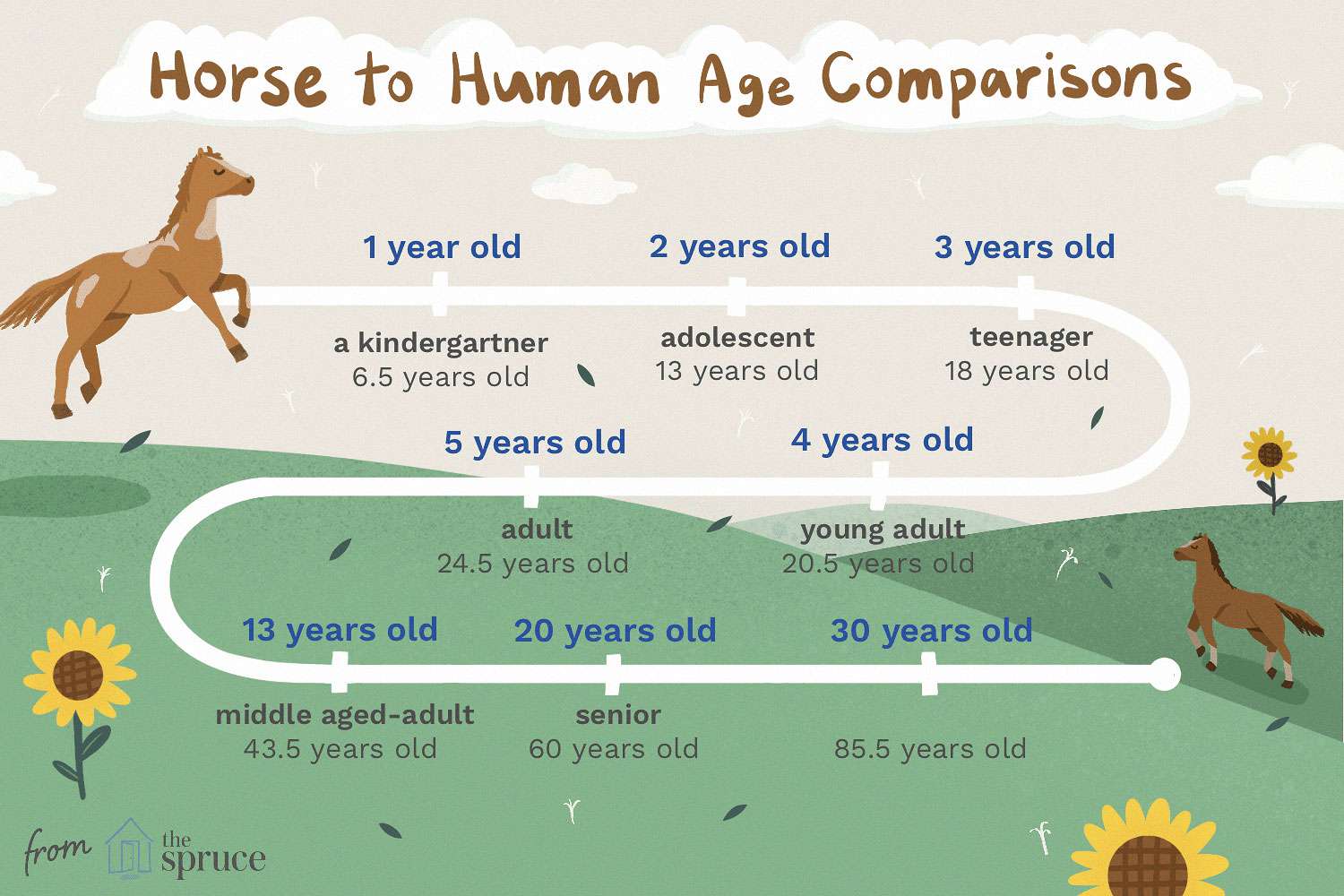
To maintain the health and performance of your horse’s hooves, it is critical to tailor the farrier visit schedule to each horse’s individual needs. This personalized approach takes into account the horse’s hoof growth patterns, workload, and the environmental conditions it faces. By doing so, owners can ensure their horses maintain excellent hoof condition, thus preventing the stress and potential complications associated with a generic approach to hoof care.
Personalized Hoof Care Strategies
Horses, like people, have distinct needs when it comes to hoof care, influenced by their activities and environments. To optimize the timing of farrier visits, owners should consider:
- The rate at which a horse’s hooves grow, which can be affected by its diet, overall health, and hereditary factors.
- The horse’s regular activities, whether it’s casual riding or competitive sports.
- The climate the horse is exposed to, as different weather conditions can alter hoof growth and the rate of wear.
Farrier Scheduling Based on Equine Activities
A horse’s level of activity directly affects its hoof wear and care requirements. More active equines may need closer and more frequent farrier attention:
- Competitive Horses: Those engaged in frequent training or competitions may need hoof care services at shorter intervals, about every four to five weeks, to keep their hooves balanced and ensure the integrity of their shoes.
- Horses with Work Duties: Those employed for jobs like agriculture or equine-assisted therapy might have appointments spread out to every six to seven weeks, tailored to their specific hoof growth and wear patterns.
- Recreational Horses: Leisure horses with less strenuous routines could potentially have longer intervals between visits, extending up to eight weeks, provided their hooves are monitored and remain in healthy condition.
Adjusting Farrier Visits to Environmental Impacts
Seasonal shifts and the type of ground a horse interacts with are significant factors in determining how often farrier services are needed:
- Moist Environments: Hooves may soften in damp conditions, which could necessitate more regular maintenance to avert hoof health issues.
- Hard Terrains: In arid climates where the ground is harder, hooves and shoes might wear down quicker, which could mean more frequent farrier visits to prevent hoof damage.
- Diverse Landscapes: Horses roaming on varied terrains may exhibit irregular hoof wear, requiring professional care to ensure their hooves remain balanced and free from lameness.
Proactive Hoof Monitoring for Health Assurance
Horse owners should regularly inspect their horse’s hooves for signs of growth, damage, or shoe wear that could impact their well-being. These checks are crucial for determining the right time for the next farrier visit and for catching any issues before they escalate.
Navigating Hoof Growth Patterns and Farrier Timing
Awareness of your horse’s hoof growth cycle is essential for scheduling appropriate farrier services. Factors such as the horse’s age, breed, and the current season can influence how quickly hooves grow, affecting the timing of farrier visits.
Developing a Team Approach with Your Farrier
Working closely with your farrier can lead to a successful hoof care regimen tailored to your horse’s specific requirements. Frequent communication with your hoof care professional offers valuable insights into your horse’s hoof health and helps in creating an effective care routine.
Enhancing Horse Wellness: Beyond Shoeing
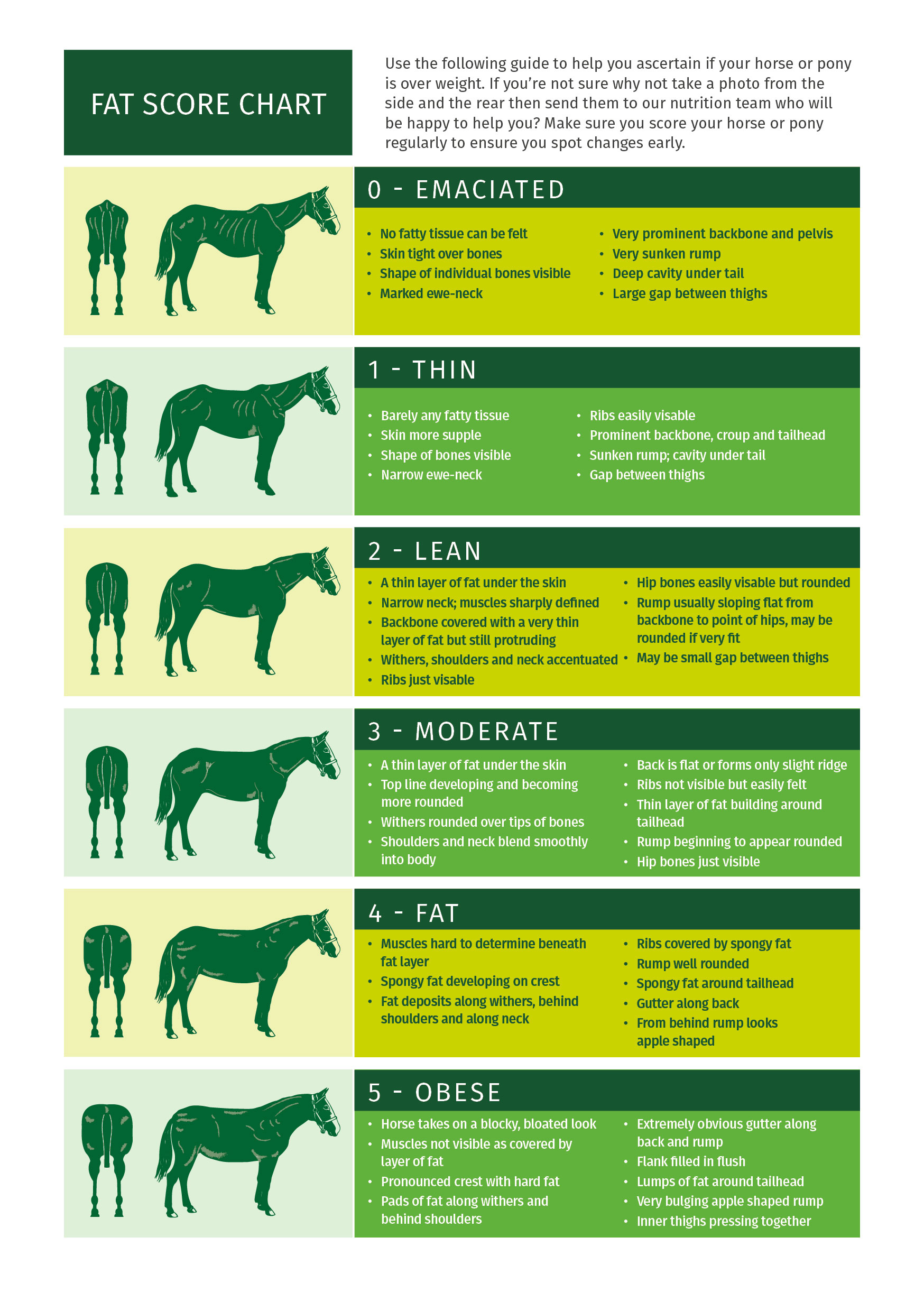
Adopting a multi-dimensional approach to equine wellness is crucial to the overall well-being of horses. This involves not just hoof care, but also focuses on their physical, emotional, and behavioral health. Integrating nutrition, structured exercise, meticulous hoof maintenance, and regular health evaluations forms the foundation of a holistic horse care regimen.
Nutritional Foundations for Equine Vitality
For optimal health and hoof condition, a horse’s diet must be carefully curated to match its individual requirements, including:
- Quality forage as the primary energy source.
- Supplemental feeds and grains when increased calories are needed.
- A variety of vitamins and minerals for metabolic support and hoof strength.
- Continuous access to clean water to ensure proper digestion and hydration.
Providing these nutritional necessities supports the development of durable hooves and promotes overall horse health.
Facilitating Hoof Health through Exercise
Physical activity is critical for maintaining a horse’s health, including hoof strength and growth. Adequate exercise promotes:
- Better blood flow to the hooves.
- Increased hoof resilience and growth.
- Improved mobility and healthier joints.
Customizing the exercise plan to the horse’s specific health status and fitness level is important for achieving these benefits.
Evaluating the Benefits of a Barefoot Lifestyle
Transitioning to a barefoot lifestyle can be advantageous for certain horses, based on individual health, comfort, and environment. Collaborate with a qualified farrier to assess if a barefoot approach is a viable option for your horse.
Behavioral Indicators as a Health Barometer
Behavioral changes can be critical in identifying early signs of discomfort or illness. By monitoring a horse’s behavior, caregivers can proactively address issues, potentially preventing more serious conditions from developing.
Supporting Equine Mental Health
Mental health is an essential component of comprehensive horse care. Addressing the cognitive needs of horses includes providing social interactions, mental challenges, and a tranquil environment, contributing to their overall contentment and potentially averting stress-induced health concerns.
Valuing Rest in the Equine Care Equation
Incorporating rest and recovery into your horse’s routine is vital for muscle recuperation, injury prevention, and avoiding excessive hoof wear. These intervals also serve as opportunities for conducting in-depth hoof exams and care.
By embracing these facets of horse care, owners can create a nurturing environment that encourages horses to thrive physically and mentally, leading to improved health and performance.
Caring for horses involves understanding their various needs, from their hoof care to their biological cycles. While you might be curious about how often you should change a horse’s shoes, there’s a wealth of other interesting aspects to consider about equine care. For instance, you might wonder about their bathroom habits or reproductive cycles. To dive deeper into these topics, feel free to explore our comprehensive guides where we discuss how frequently a horse needs new shoes, uncover the details about how often horses pee, or explain the frequency of a horse going into heat. These articles are packed with useful information for horse owners and equine enthusiasts alike.
Conclusion: Best Practices in Hoof Maintenance and Horse Care
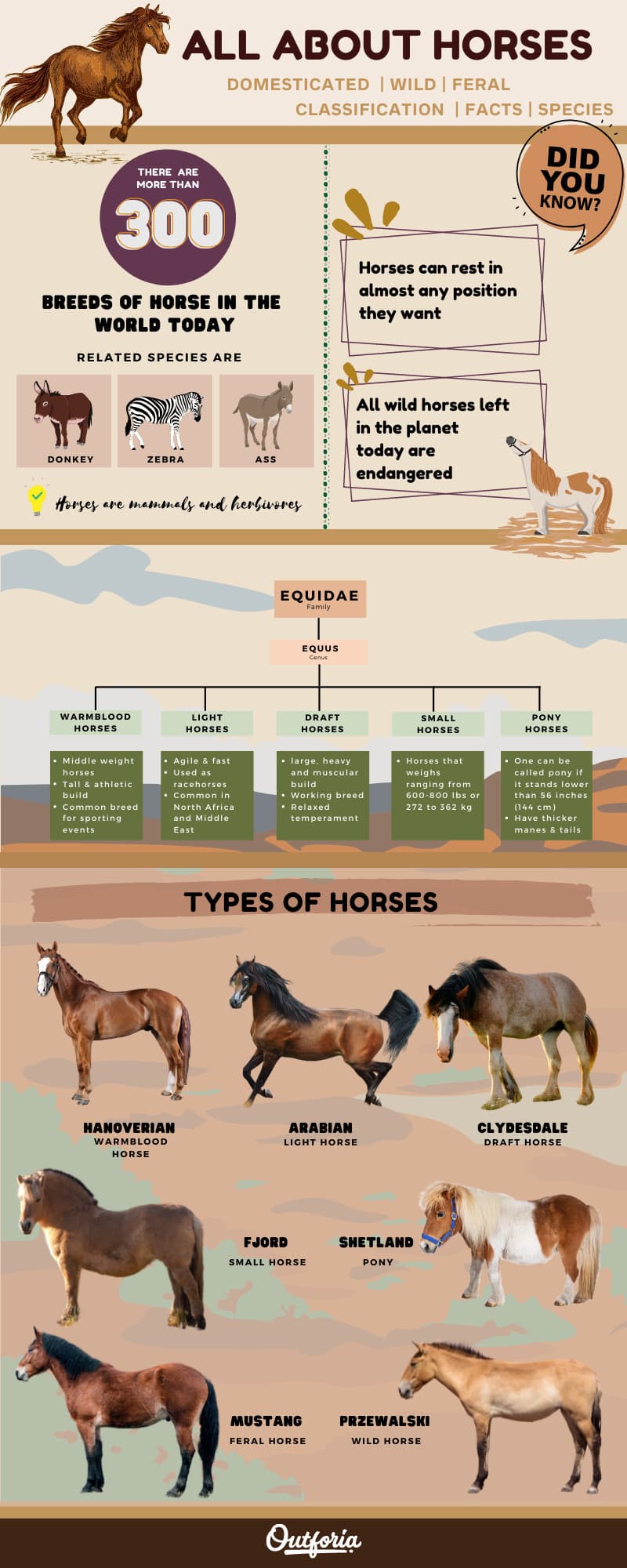
In conclusion, maintaining hoof health through regular farrier visits and attentive care is crucial for your horse’s well-being. Best practices include adhering to a personalized schedule for horse shoe replacement frequency, providing comprehensive hoof maintenance, and staying alert to your horse’s needs.



